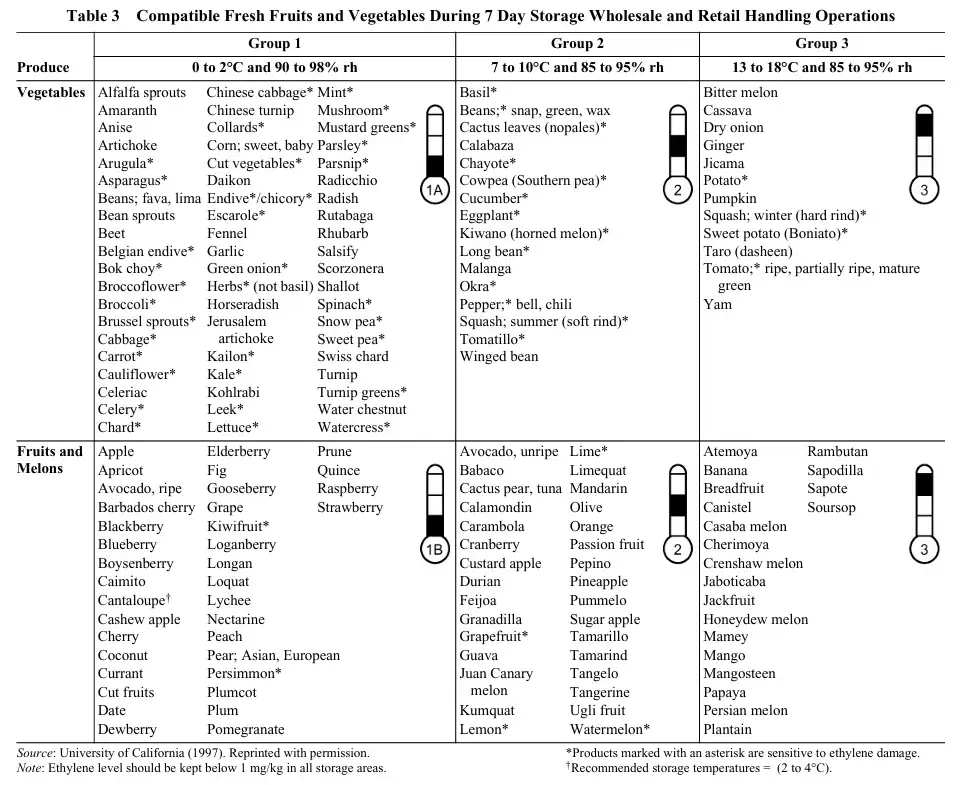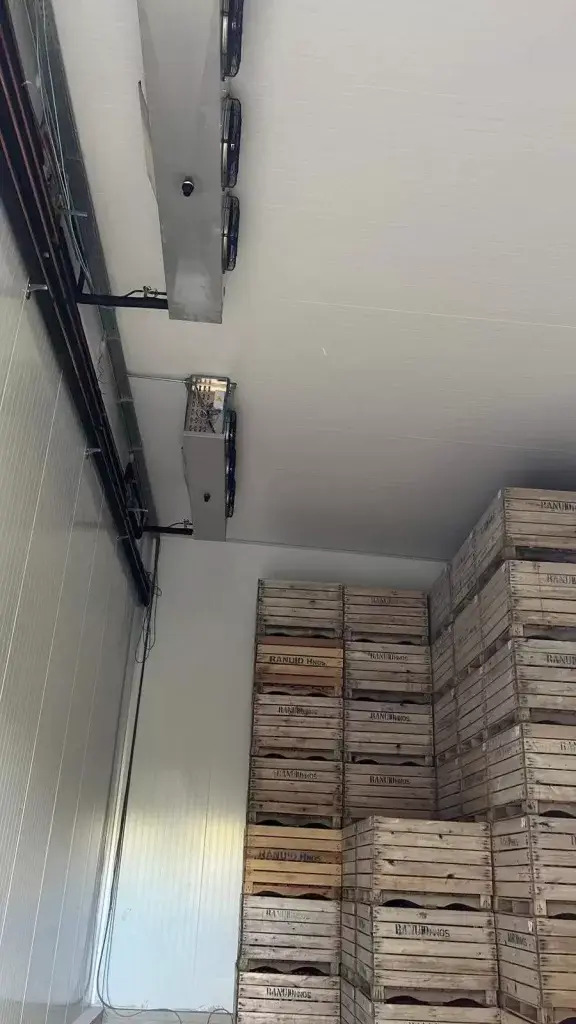Different fruits and vegetables have different storage temperatures. Four temperatures can be roughly summarized.
1. Above 10 degrees Celsius.
Cold storage above 10 degrees Celsius can store tropical fruits. Tropical fruits are prone to rot at low temperatures. For example, dragon fruit should be stored at 15 degrees Celsius and the humidity should be kept between 75% and 90%.
2. 10 degrees Celsius
Fruits such as lychees and plums, as well as vegetables such as cucumbers, pumpkins, and tomatoes, should be stored below 10 degrees Celsius due to their high moisture content.
3. 2 degrees Celsius to 8 degrees Celsius
Vegetables such as green beans and beans should be stored in a cold storage at 7 degrees Celsius, with the humidity maintained at 85% to 95%.
Vegetables such as sweet potatoes, potatoes, and yams should be stored at 3 degrees Celsius to 5 degrees Celsius.
Most root vegetables and leafy vegetables grown in temperate zones, as well as fruits grown in subarctic zones, should be stored at a temperature of 0-2 degrees Celsius (not lower than 0 degrees Celsius). Examples include cherries, apples, grapes, peaches, pears, cabbage, celery, carrots, etc. These fruits and vegetables should not be placed in the refrigerator immediately after picking. It is best to store them at room temperature for 24 hours before placing them in the cold room.


